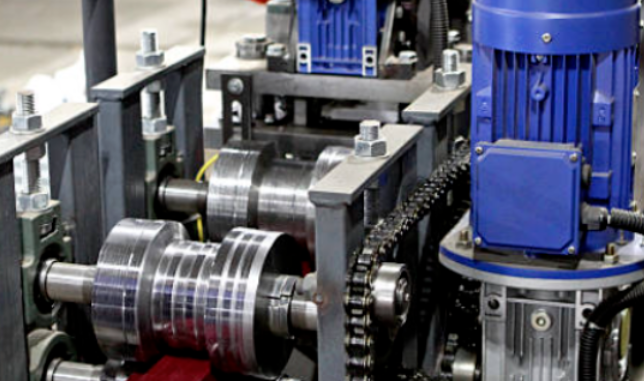
Posted on Friday, October 4, 2024
The role of CAD (Computer-Aided Design) software in roll forming is pivotal for ensuring precision, efficiency, and customization in the production process. Here's how it contributes:
By incorporating CAD into roll forming operations, manufacturers can achieve higher levels of precision, reduce setup times, and improve overall productivity.

32/1000 Box Profile Roll Forming Machine – Complete Guide & Specifications
Posted on Sunday, November 16, 2025
High-performance 32/1000 box profile roll forming machine for roofing and cladding. Full specifications, profiles, applications, pricing

PBR / R-Panel Roll Forming Machine – Complete Guide & Specifications
Posted on Sunday, November 16, 2025
PBR / R-Panel roll forming machine for roofing and wall cladding. Full specs, profiles, applications, pricing, and global buying guide. Built to order.

Posted on Sunday, November 16, 2025
How to Diagnose and Fix the Hidden Electrical Problems That Cause Downtime
Copyright 2025 © Machine Matcher.